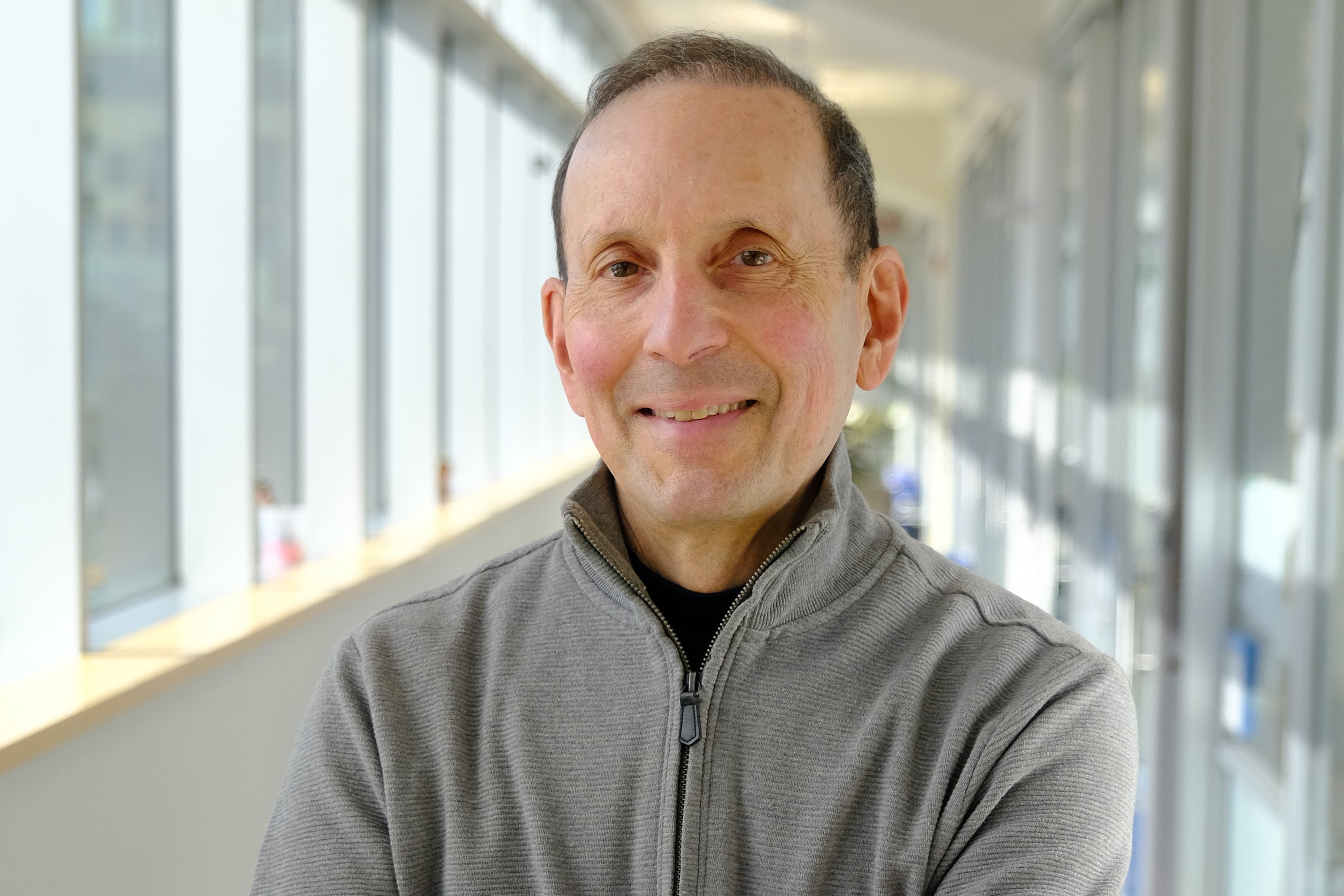Daniel Drucker, Mount Sinai Hospital doctor and senior investigator at Toronto’s Lunenfeld-Tanenbaum Research Institute, was among five researchers to win a Breakthrough Prize, the world’s most lucrative award for science.Oscar Navarro/Supplied
Two Canadian researchers were among the winners named at this year’s Breakthrough Prize ceremony on Saturday. The annual event, held in Los Angeles, celebrates the world’s largest science awards with a dose of Hollywood glam.
Daniel Drucker, a physician and senior investigator at Toronto’s Lunenfeld-Tanenbaum Research Institute, was one of five researchers jointly awarded a US$3-million Breakthrough Prize in Life Sciences for discoveries leading to the development of a class of drugs that are now widely used in the treatment of Type 2 diabetes and obesity.
The drugs, which mimic the action of the hormone GLP-1, have more recently been shown to benefit people with heart failure, sleep apnea, metabolic liver disease, and osteoarthritis, among other ailments.
“To be among the small group of people that are credited with these discoveries, leading to huge improvements in opportunities for people to make their health better, it’s tremendously gratifying,” said Dr. Drucker, who has received multiple accolades for his work, including a Canada Gairdner International Award in 2021.
Semaglutide, or Ozempic, reduces symptoms of feared diabetes’ complication, study finds
The second Canadian winner is Maaike van Kooten, an astrophysicist with the National Research Council of Canada who shares a US$100,000 New Horizons Prize for her role in developing optical systems that allow astronomical instruments to compensate for the distorting effects of Earth’s atmosphere. The award is reserved for early career researchers who have produced important work within 12 years of earning their PhD.
Dr. van Kooten’s award-winning work, which she began while a postdoctoral researcher at the University of California Santa Cruz, relates to the way the atmosphere blurs the light coming from distant objects in the universe. The system she helped to develop can anticipate how the atmosphere will behave two milliseconds into the future, which is enough time for a computer control mirror to deform in order to reverse the blurring effect.
“Whenever I say I’m taking the twinkle out of stars as a career, that seems very mind blowing to a lot of people,” said Dr. van Kooten, who is based at the Herzberg Astronomy and Astrophysics Research Centre in Victoria, B.C.
The annual Breakthrough prizes in fundamental physics, life sciences and mathematics were established in 2012 by coterie of US tech moguls including investor Yuri Milner, Facebook CEO Mark Zuckerberg, Google co-founder Sergey Brin, and Anne Wojcicki, the former CEO of 23andMe. Featuring the largest purse of any science award — a payout roughly three times the amount the comes with a Nobel Prize — the Breakthrough Prizes are intended to elevate the stature of research in popular culture with a style and celebrity guest list that echoes the Academy Awards.
This year’s prizes are being awarded against a backdrop of turmoil in U.S.-led research, as U.S. President Donald Trump’s administration has cancelled hundreds of research grants and laid off thousands of staff at government agencies such as the National Institutes of Health and the National Oceanic and Atmospheric Administration.
Uncertainty looms over research conference as U.S. science cuts and tariff tensions mount
Elon Musk, the tech billionaire whose relationship with the President has put him in the driver’s seat for much of the cut has been a prominent attendee at previous Breakthrough Prize events.
Unlike the Nobels, the Breakthrough Prizes has no cap on the number of winners for a single award. This year, the Fundamental Physics prize was awarded collectively to thousands of scientists from more than 70 countries who work with the Large Hadron Collider, the particle accelerator located near Geneva, Switzerland, where the Higgs boson was discovered in 2012. The prize money is allocated to each of four experimental collaborations that work independently at the facility. Canada is a participant in one of the four.
In contrast, another physics prize was awarded to a single individual, Gerard ‘t Hooft, a professor emeritus at Utrecht University in the Netherlands whose theoretical work, starting in the 1970s, helped to create the standard model of particle physics, the mathematical framework that explains the behaviour of matter.
“Being involved in a breakthrough is every scientist’s wish,” said Dr. ‘t Hooft, who was awarded a Nobel Prize for his work in 1999.
In the life sciences category, Dr. Drucker shares his prize with Joel Habener, who was an endocrinologist at Harvard Medical School when Dr. Drucker worked in his lab while on a Canadian government-sponsored research fellowship. It was during that stint that Dr. Drucker began working on molecules known as “glucagon-like peptides” that help regulate metabolism. This led to the realization that one such molecule, GLP-1, acts like a switch on insulin production. In addition to providing an effective therapy for Type 2 diabetes, drugs that imitate GLP-1 can help control appetite and promote weight loss.
The other co-winners of the prize include Svetlana Mojov, of Rockefeller University, and Jens Holst, of the University of Copenhagen, who were also involved in the discovery, and Lotte Knudsen, of the Danish pharmaceutical company Novo Nordisk, who was key to the development of the GLP-1 related drugs Ozempic and Wegovy.
Two other Breakthrough Prizes in life sciences were awarded to three researchers for work on multiple sclerosis and gene-editing. The mathematics prize winner was Dennis Gaitsgory, an Israeli-American researcher based at the Max Planck Institute in Bonn, Germany. He is known for his work on the Langlands conjecture, a discovery which bridges areas of mathematics that were previously considered unrelated.
The post Daniel Drucker, Canadian co-discoverer of anti-obesity drugs, among 2025 Breakthrough Prize winners appeared first on World Online.

